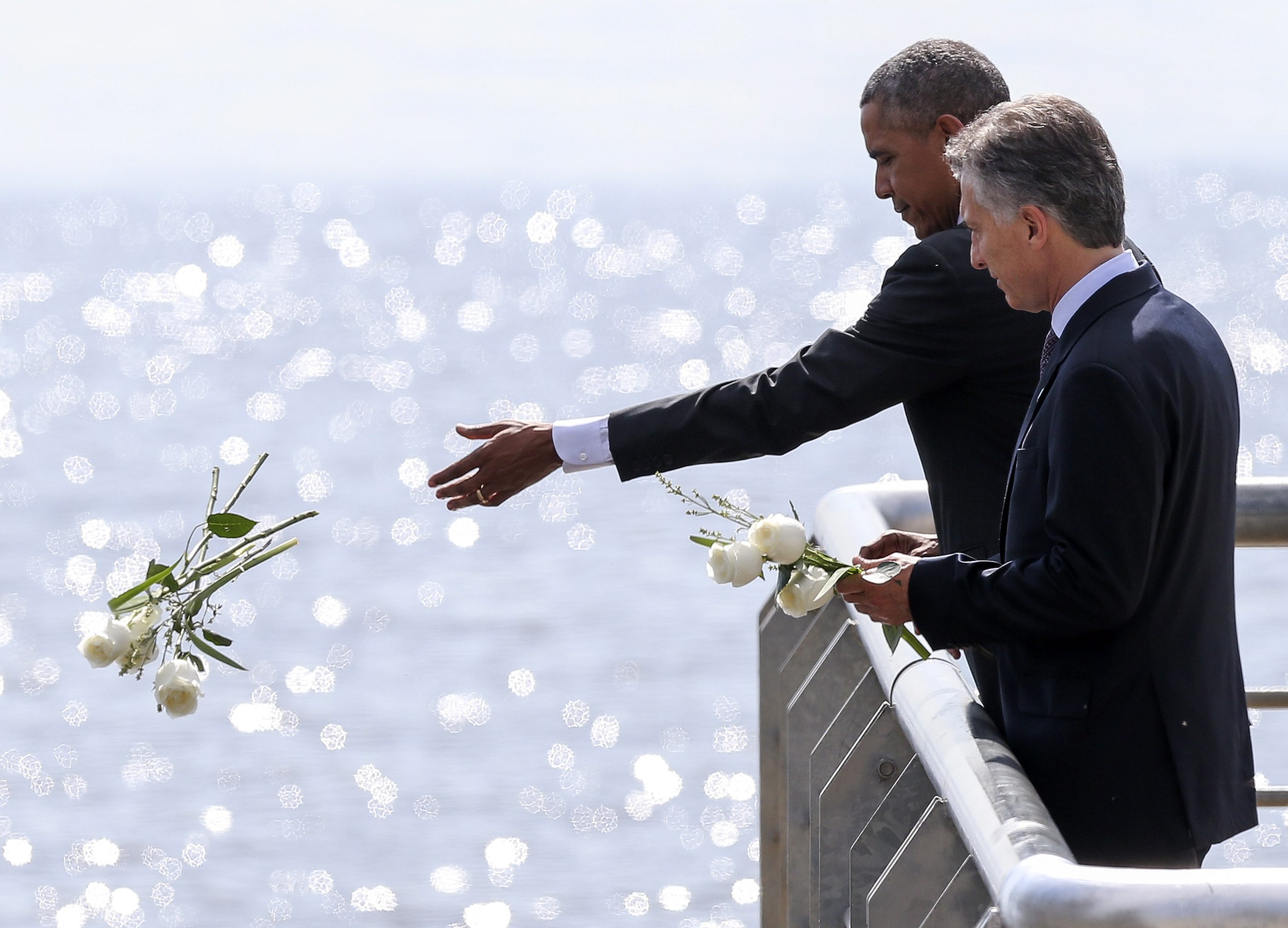South Sea Conflict Needs To Return to Dialogue and Negotiation
(Taiwan) on 21 March 2016
by (link to original)
We at Want Daily once wrote that based on historical experience and diplomacy models, the U.S. could not start a war in East Asia. In the face of a risen China, Washington, even with military superstitions, can avoid a lose-lose situation. U.S. Pacific Fleet Commander Harry B. Harris Jr. was silent when a reporter asked hypothetically what would happen if a Chinese guided missile shot down an American plane. Army Chief of Staff Gen. Mark Milley said frankly that with budget cuts and the dire anti-terrorism situation, the U.S. has no intention to provoke China or Russia.
Beijing is also aware that there is both cooperation and friction between China and the U.S., which has now become the norm. No matter what, China vows never to seek hegemony or expansion, and it also knows that it will not be easy to eliminate Washington's strategic doubts. To reconcile the structural differences of Chinese and American ideologies, trust needs to be built over a long period of time. Unilateral political promises are not enough.
Wang Yi, during his visit to the U.S. this month, stated that China does not hope to see American ships in the South China Sea again. He explained that Beijing has made a diplomatic declaration to America, stressing that, "China will never become another America. China has no intention to supersede or lead others," and "any attempts to disturb the South China Sea and destabilize Asia would not be allowed by China and most other countries in the region." His statements are clearly aimed at America's freedom of navigation in the South Sea, and, when necessary, even at America's wanton activities.
U.S. aircraft carriers in the South China Sea have been described as engaging in routine exercises, but they really intend to flex their military muscle, conveying that the U.S. is the leader of the South China Sea. Wang Yi stated, "History will prove who is a mere visitor and who is the real host." Chinese Ambassador to the U.S. Cui Tiankai warned that the U.S. could pay "a very heavy price" arising from strategic miscalculations in the South China Sea, hinting that China has corresponding countermeasures for U.S. freedom of navigation.
Besides military techniques, China has several ways to prevent wanton U.S. activities. Washington thinks that its military only needs to adhere to Article 18 of the United Nations Convention on the Law of the Sea by disabling ship weapons and simply maintaining normal navigation, without needing to inform the coastal country of their innocent passage; however, China has legislated that innocent passage of naval vessels must be authorized. China and the U.S. each have their own understandings of innocent passage and, naturally, their own corresponding countermeasures. According to the Law on China's Territorial Waters and Their Contiguous Areas, China is able to order U.S. vessels to leave Chinese territorial waters immediately and take responsibility for its damage. China can also use countries' own strategies against them, such as scheduling its own innocent passage in U.S. waters.
Washington announced that when the USS John C. Stennis aircraft carrier entered the South China Sea early this month, it was surrounded by Chinese vessels for the first time. From the photograph posted on the U.S. Navy website, we can see a Chinese navy electronic surveillance ship nearby inspecting the U.S. carrier's movements and other Chinese destroyers surrounding the carrier. This is a peaceful scene; the ships do not engage. The Chinese ships are observing, interpreting, and following the carrier's reactions. Only if they took one step further would they be simulating an attack. Recently, U.S. media unhesitatingly reported that a Chinese submarine conducted a simulated attack on a U.S. ship, violating the Code for Unplanned Encounters at Sea agreed between the countries, deliberately pointing fingers at China, but Beijing dismissed it as a groundless accusation.
In fact, China had already taken significant measures in the South China Sea in appropriate response to U.S. freedom of navigation. Multiple examples include a group of fishery administration boats surrounding an American ship, guided missiles being deployed on a reef, and opening the islands for cruise tours. These measures seem to have had a definite deterrent effect on U.S. ships entering the South Sea.
Zhang Zhaozhong, Beijing military theorist and rear admiral in the People's Liberation Army, once suggested utilizing fishing boats, fishery administration boats, ocean surveillance ships, and navy ships to surround the reefs layer by layer. This "cabbage strategy" certainly causes the U.S. worry.
The U.S. has called upon ASEAN, created the U.S.-India-Japan-Australia Quadrilateral Initiative, and deployed a fleet of aircraft carriers, but none of these actions have fazed Beijing's will to defend its South China Sea sovereignty, so all that the U.S. has left are verbal criticism and threats. The Washington Post has recently revealed Washington's tit-for-tat strategy to help Vietnam and the Philippines build artificial islands in the South Sea. Also, U.S. Pacific Fleet Admiral Scott Swift stated during a March 16 speech in Australia that addressing China will require an attitude of "might makes right," yet forgets that in 1989, U.S. forces invaded Panama and forcibly removed dictator Manuel Noriega from office, and in 2003, invaded Iraq to overthrow Saddam Hussein's regime.
The United States’ opponent in solving the South China Sea sovereignty issue is China. Flexing one's military muscle is not enough to put Beijing on edge, and false freedom of navigation is no match for the cabbage strategy. However, the two countries, after all, have common interests on some root issues, like freedom of trade and freedom of navigation. If China and the U.S. converge on 95 percent of their interests, they may yet converge on the South Sea issue. Facing conflict requires wisdom and composure, and the correct path is to return to dialogue and negotiation.

